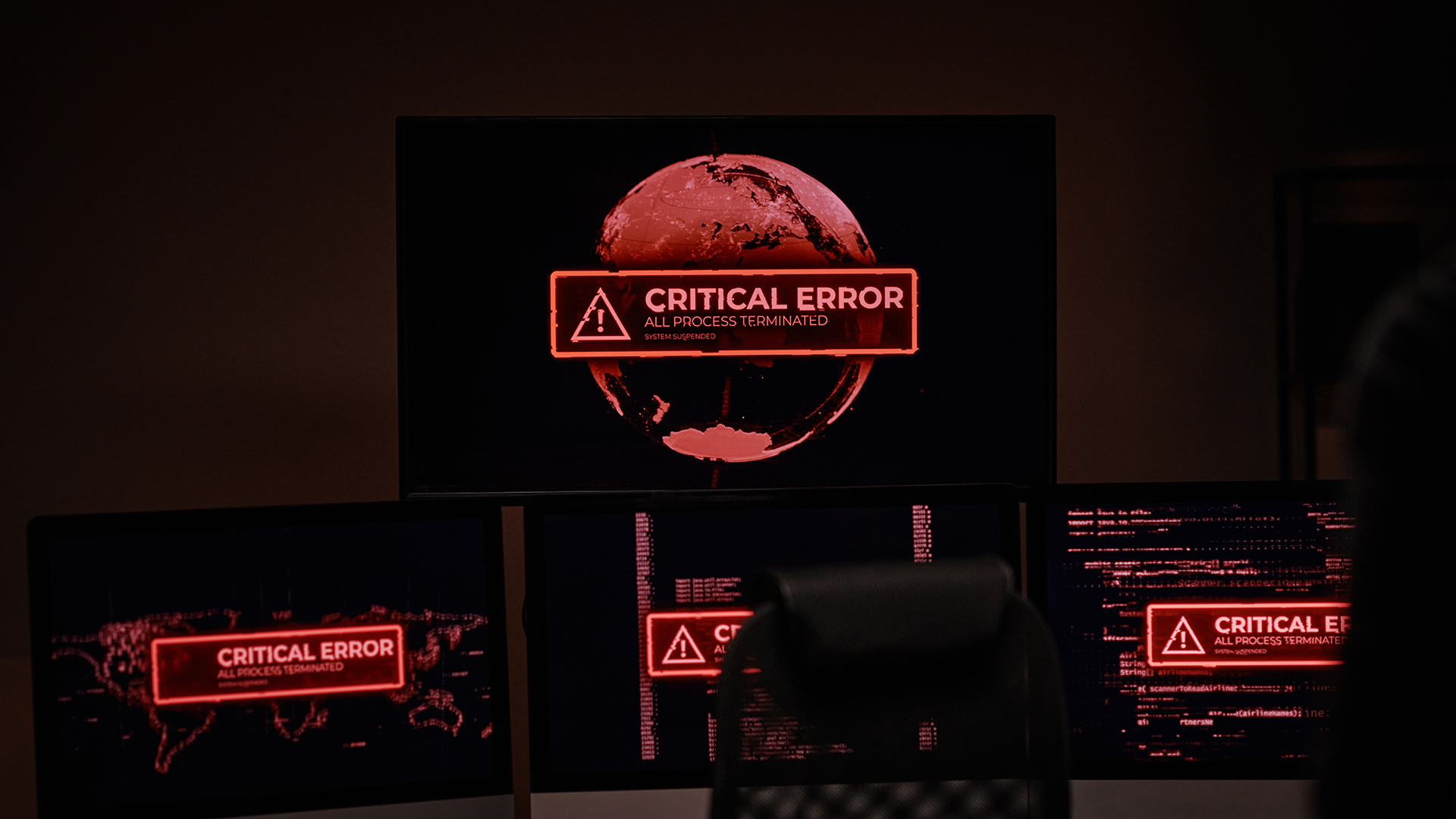Why Cyber Crisis Messaging Is Different From Any Other Kind of Crisis

Cyberattacks are no longer rare shocks; they’re daily realities. But while most organizations now accept that a cybersecurity incident is inevitable, too few realize that communicating about one is unlike handling any other kind of crisis.
Product recalls, natural disasters, and even workplace tragedies follow a communications rhythm we’ve come to understand: gather facts, express empathy, provide updates, and move toward resolution.
A cyber incident plays by different rules. And if leaders don’t recognize those differences, their response will falter. Not because of the attack itself, but because their messaging is misaligned with the dynamics of a cyber crisis.
1. The Facts Move Slower Than the Headlines
In most crises, you can assemble a reasonably clear set of facts quickly: what happened, who’s affected, and what’s next. Cyber incidents flip this on its head. Forensics can take weeks, while reporters and regulators demand answers in hours. That mismatch leads many companies into the trap of overpromising or making statements they later have to walk back.
The discipline in cyber crisis messaging is admitting what you don’t yet know while committing to transparent updates. In the court of public opinion, credibility is lost less by uncertainty than by false promises.
Credibility is lost less by uncertainty than by false promises.
2. The Attackers Talk Too
No other crisis features an adversary who speaks directly to your stakeholders. In a cyberattack, the threat actor often leaks stolen data, emails customers, or even tweets before you’ve drafted your first press statement. In effect, your opponent becomes a competing spokesperson.
That reality demands speed and precision. Silence will be filled by the attacker. Your message must anticipate and outpace theirs.
3. It’s Technical, but It Must Sound Human
Cybersecurity incidents are deeply technical. But the people who matter most, employees, customers, regulators, and investors, don’t want to hear about “zero-days” or “nation-state actors.” They want to know if their information is safe, if their job is secure, and if they can trust your company to be honest.
Speaking in technical jargon doesn’t build credibility; it erodes it. When stakeholders hear unfamiliar terms, it breeds confusion, fear, and mistrust. Clear, plain language isn’t optional. It’s the only way to keep people informed and confident in your response.
4. Your First Responders Aren’t in IT
In a natural disaster, first responders are firefighters and paramedics. In a cyberattack, your first responders are your call center reps, front desk clerks, and customer service teams. If they’re left in the dark, they will improvise and incorrect improvisation will set headlines.
That’s why internal alignment and talking points aren’t optional. They are as important as the press release. Keeping employees informed and aligned ensures they can answer questions with confidence, avoid mixed messages, and act as trusted messengers instead of sources of confusion.
Keeping employees informed and aligned ensures they can answer questions with confidence.
5. The Crisis Clock Ticks Faster
Most crises unfold over days or weeks. A cyber incident can erode trust in minutes. Customers may see ransomware notes before the company does. Regulators may demand disclosure within 72 hours. Social media may ignite within seconds. The clock isn’t just fast, it’s fractured across multiple jurisdictions and audiences.
Effective messaging means preparing for simultaneous timelines: legal deadlines, media cycles, and stakeholder expectations. That preparation should include an updated crisis playbook with pre-approved language for cybersecurity incidents, so teams aren’t scrambling to draft statements in the heat of an attack.
Effective messaging means preparing for simultaneous timelines.
The Bottom Line
Cyber crisis messaging isn’t just another branch of crisis communications. It’s its own discipline. Unlike other crises, the facts are murky, the adversary speaks, the language is technical, and the timelines are unforgiving.
Companies that treat a cybersecurity incident like “just another crisis” will fumble. The ones that succeed are those that rehearse cyber-specific scenarios, empower every employee with clear talking points, and practice the discipline of saying only what they know and saying it with humanity.
Because in a cyber crisis, the difference between recovery and reputational ruin doesn’t come down to the attack itself. It comes down to the message.
Meghan Tisinger
Head of Practices and Managing Director, based in New York
Meghan brings more than 15 years of strategic communications, crisis management, international advocacy and media relations experience to Leidar.